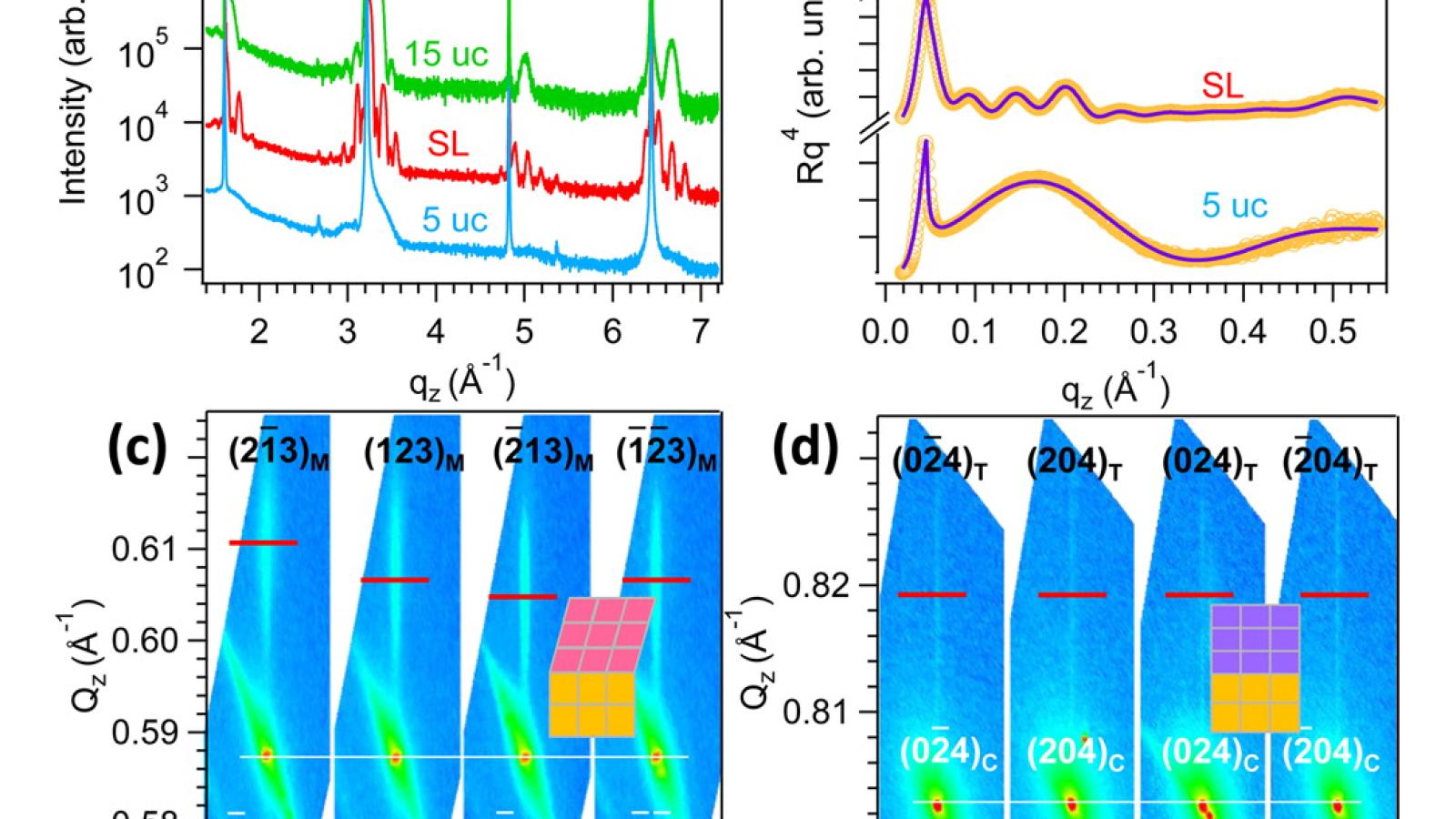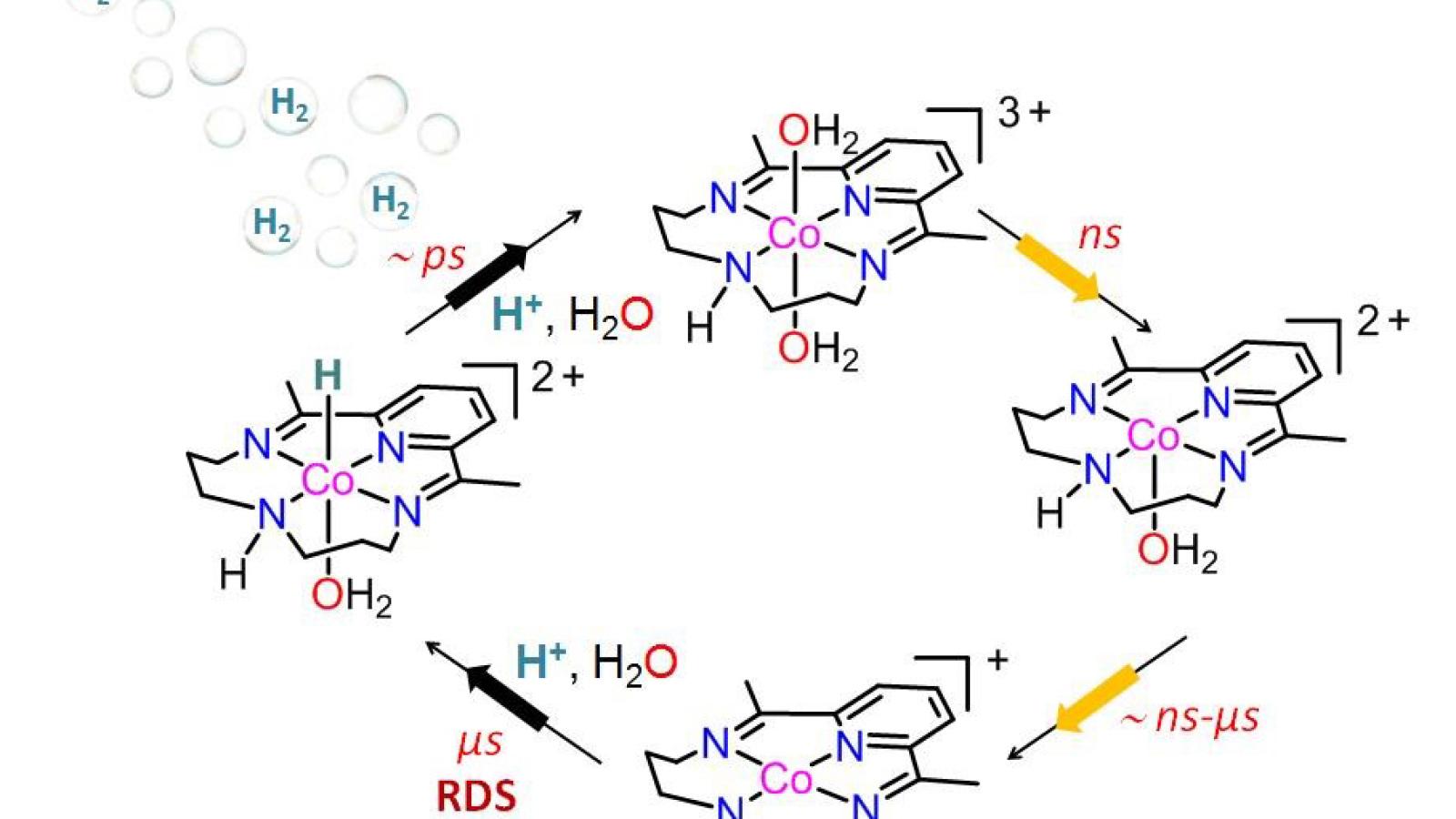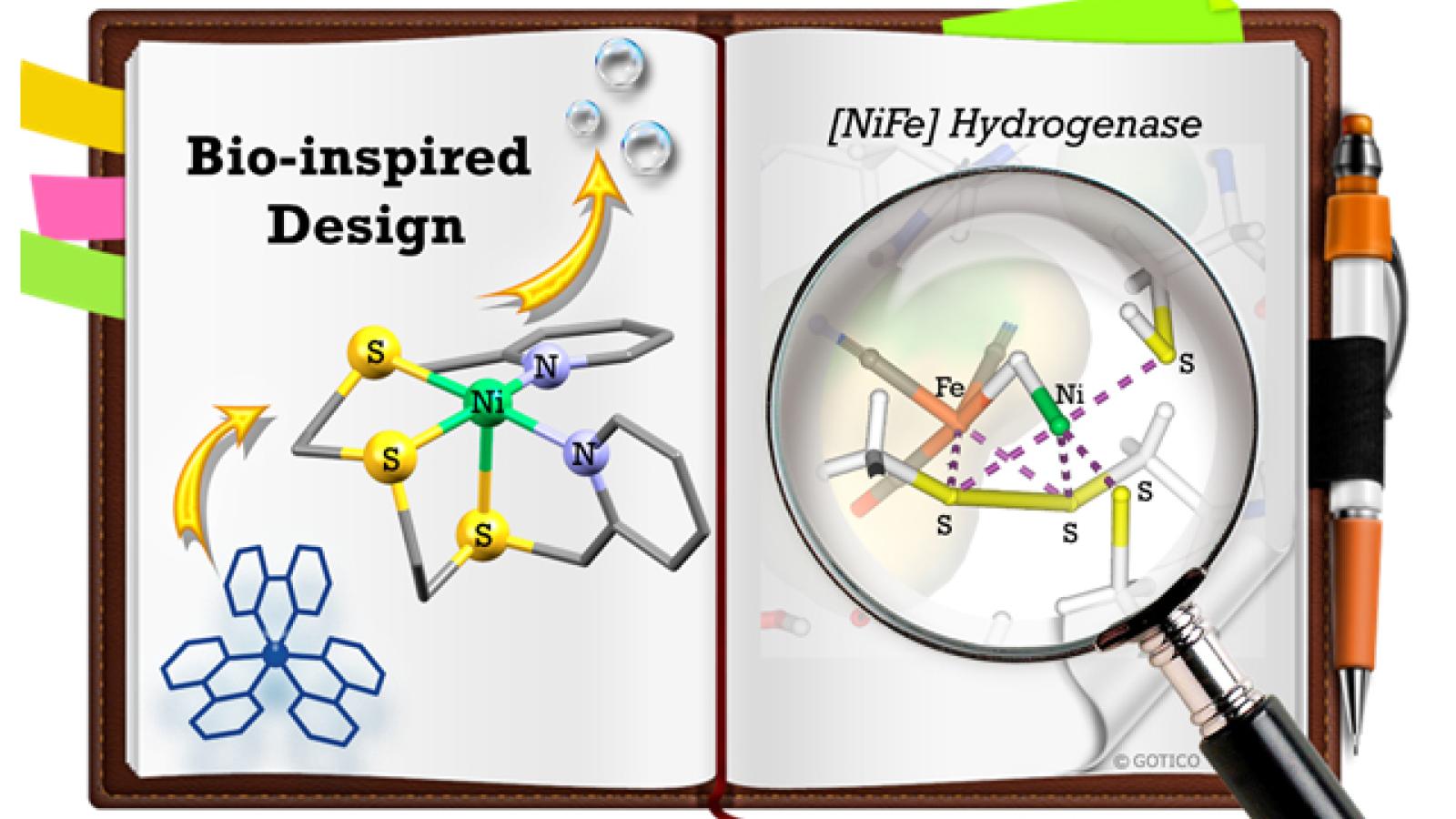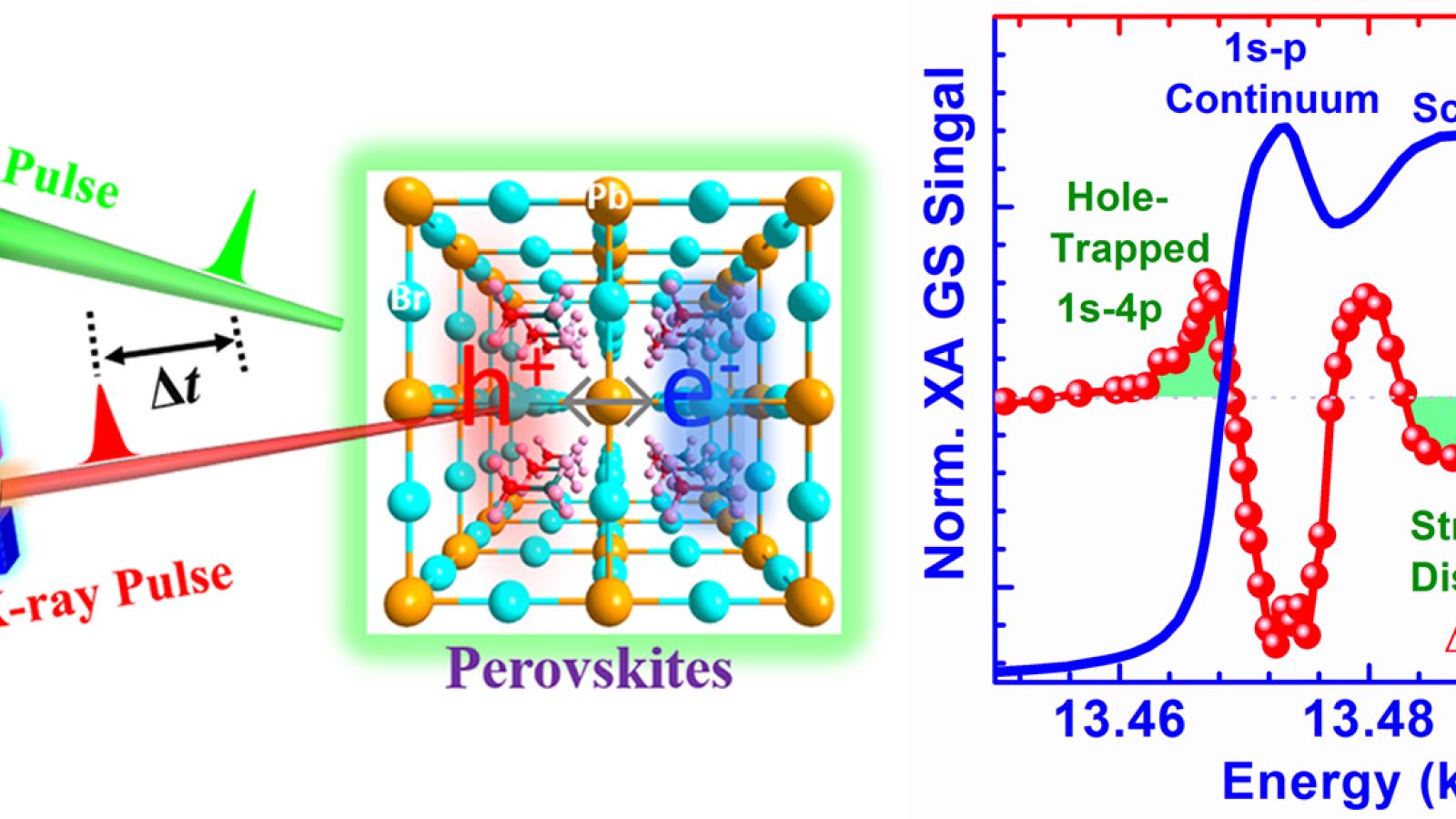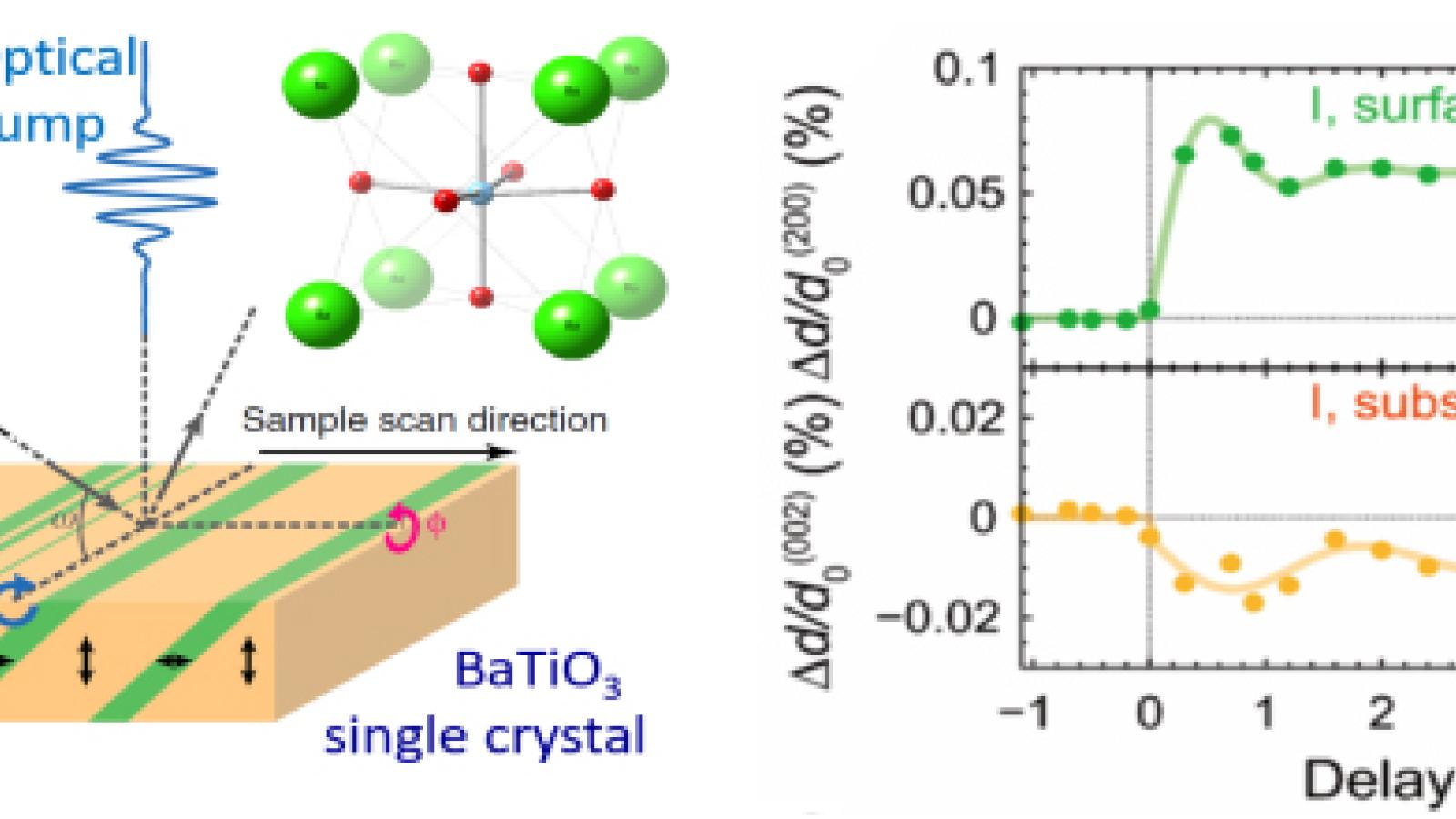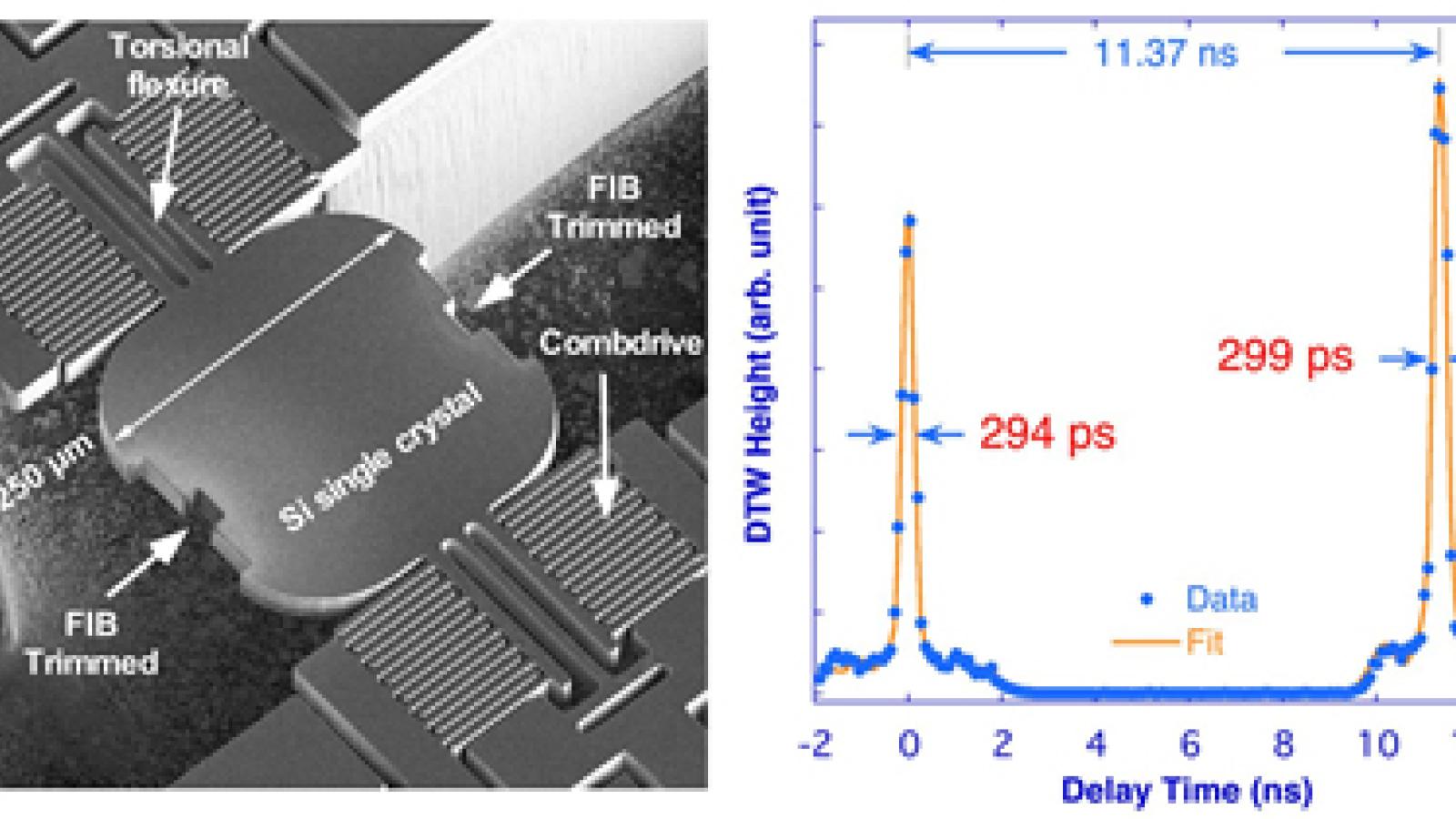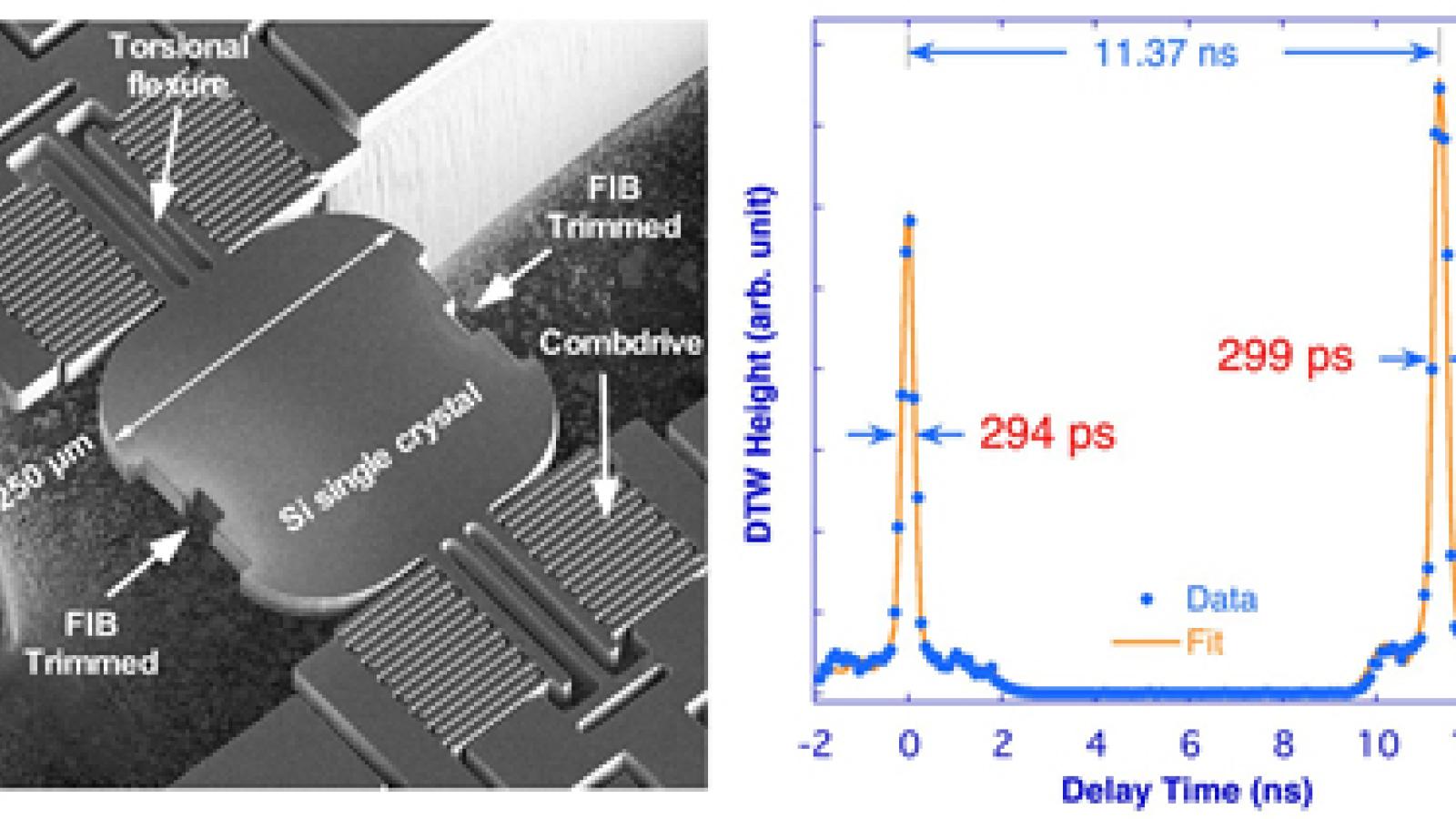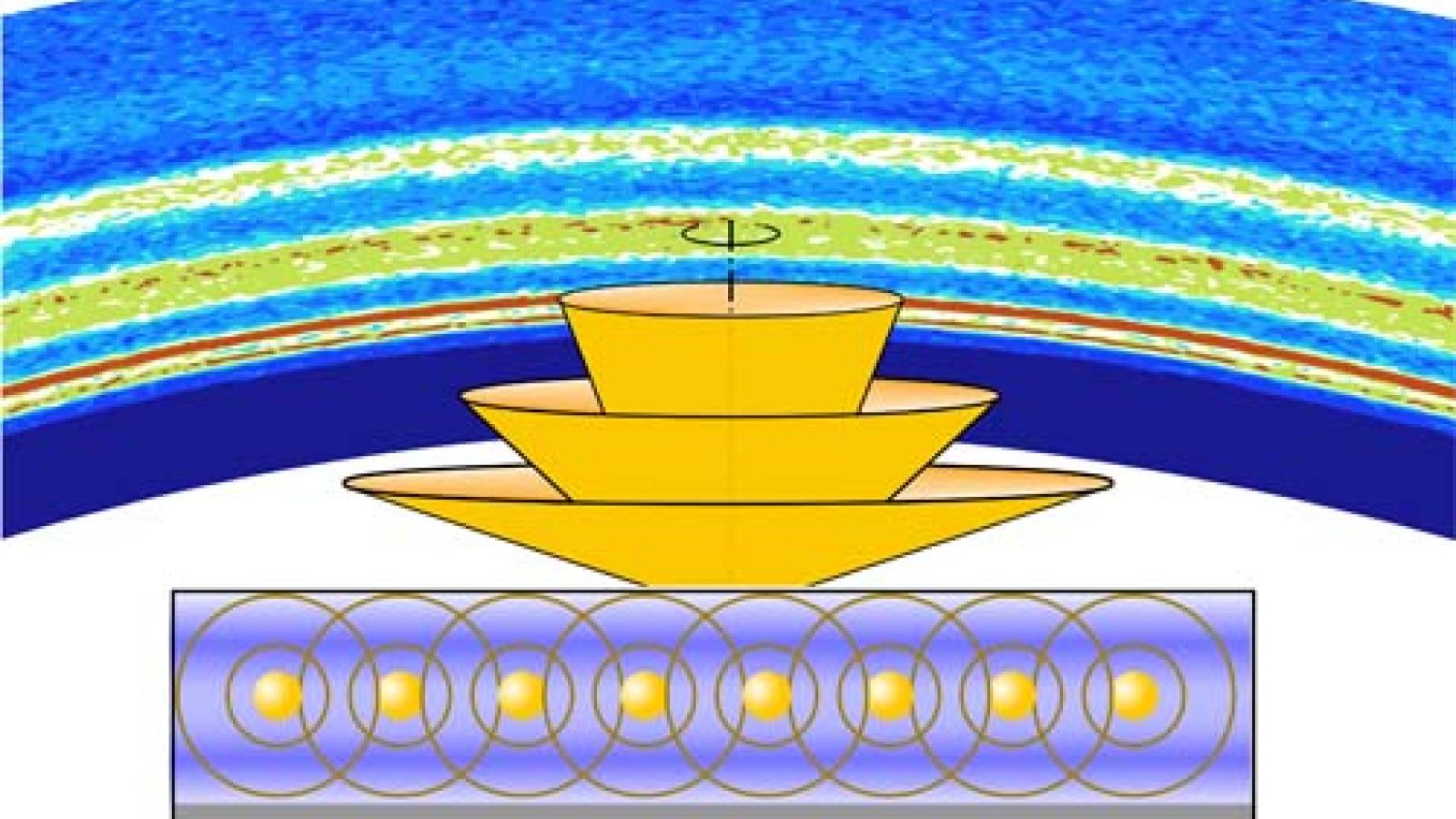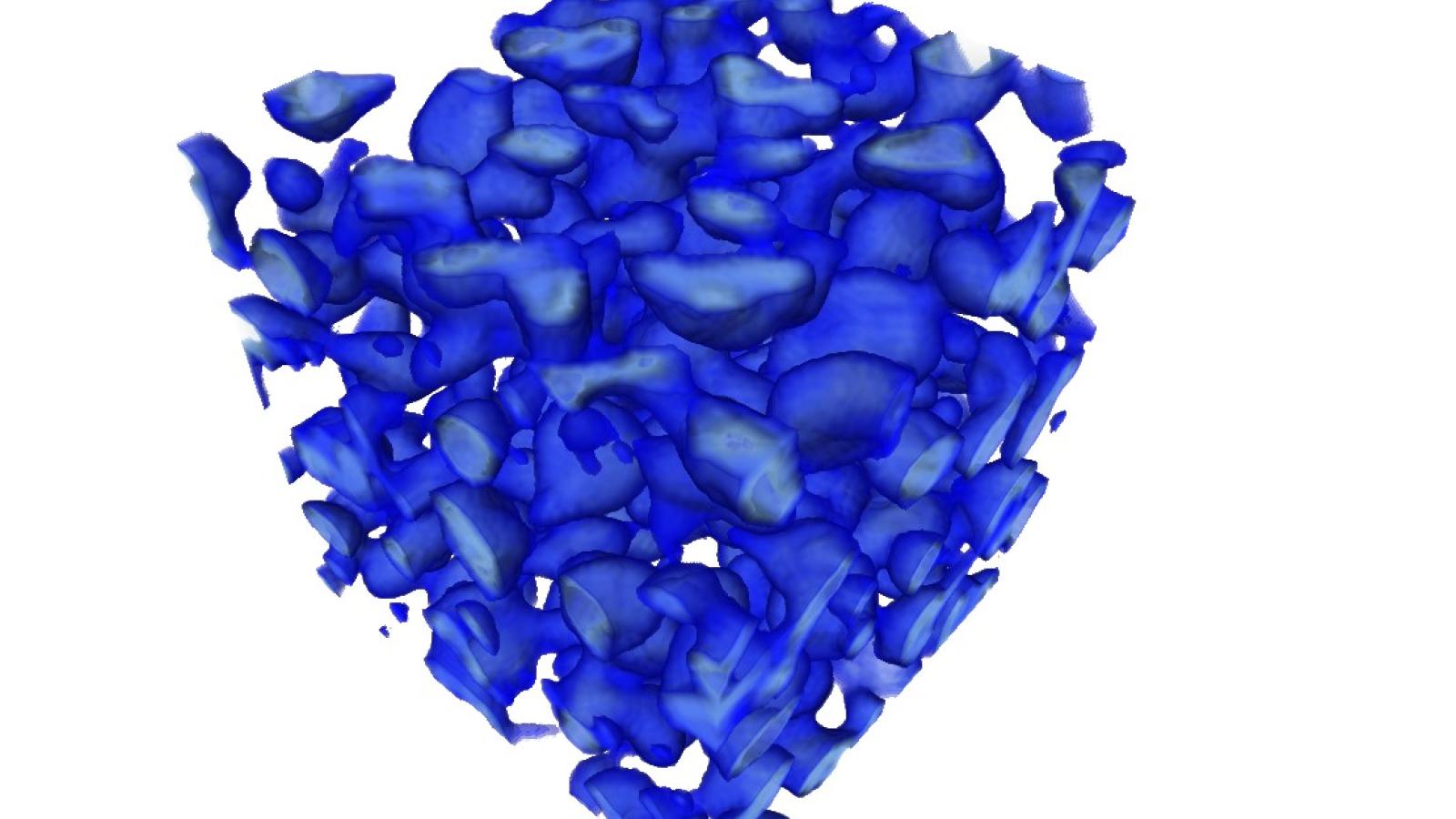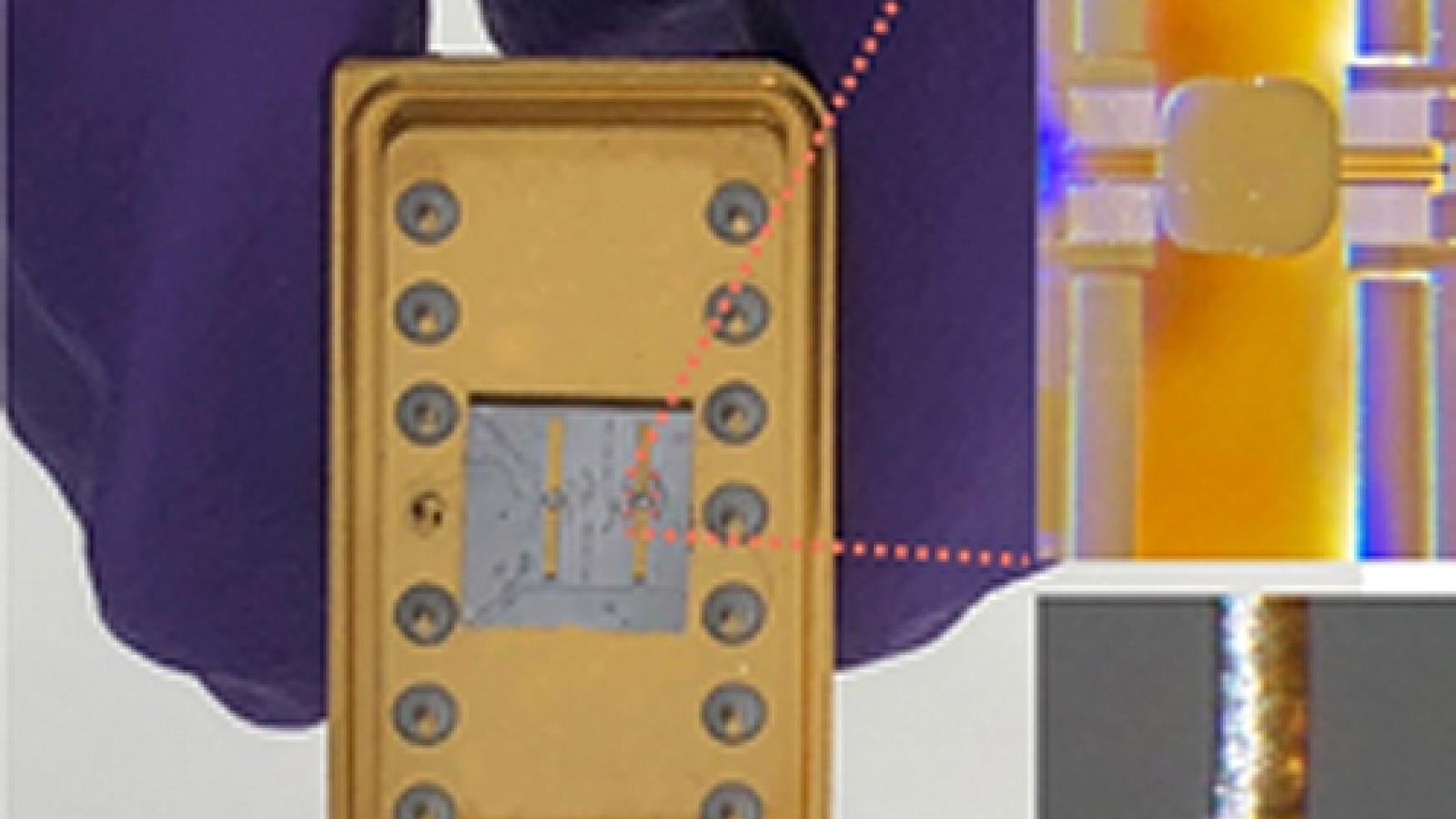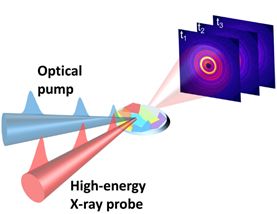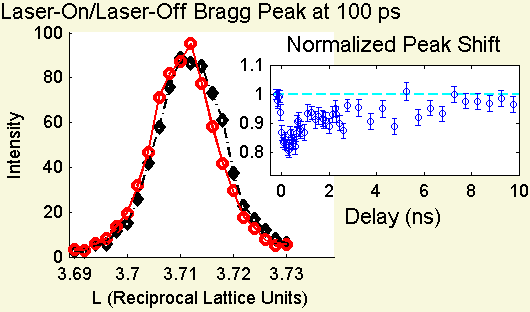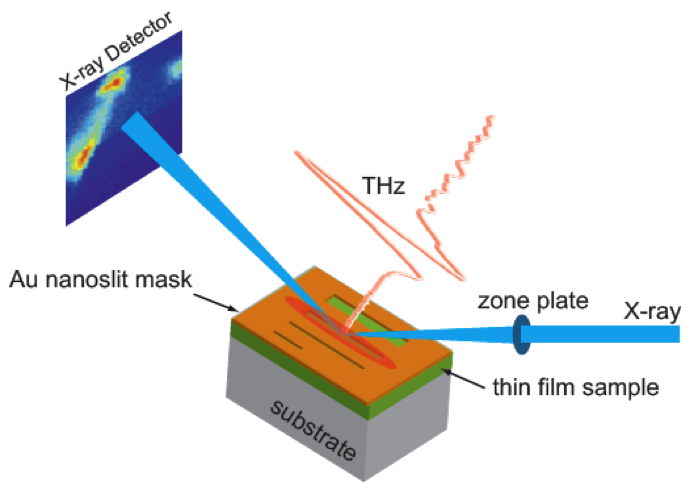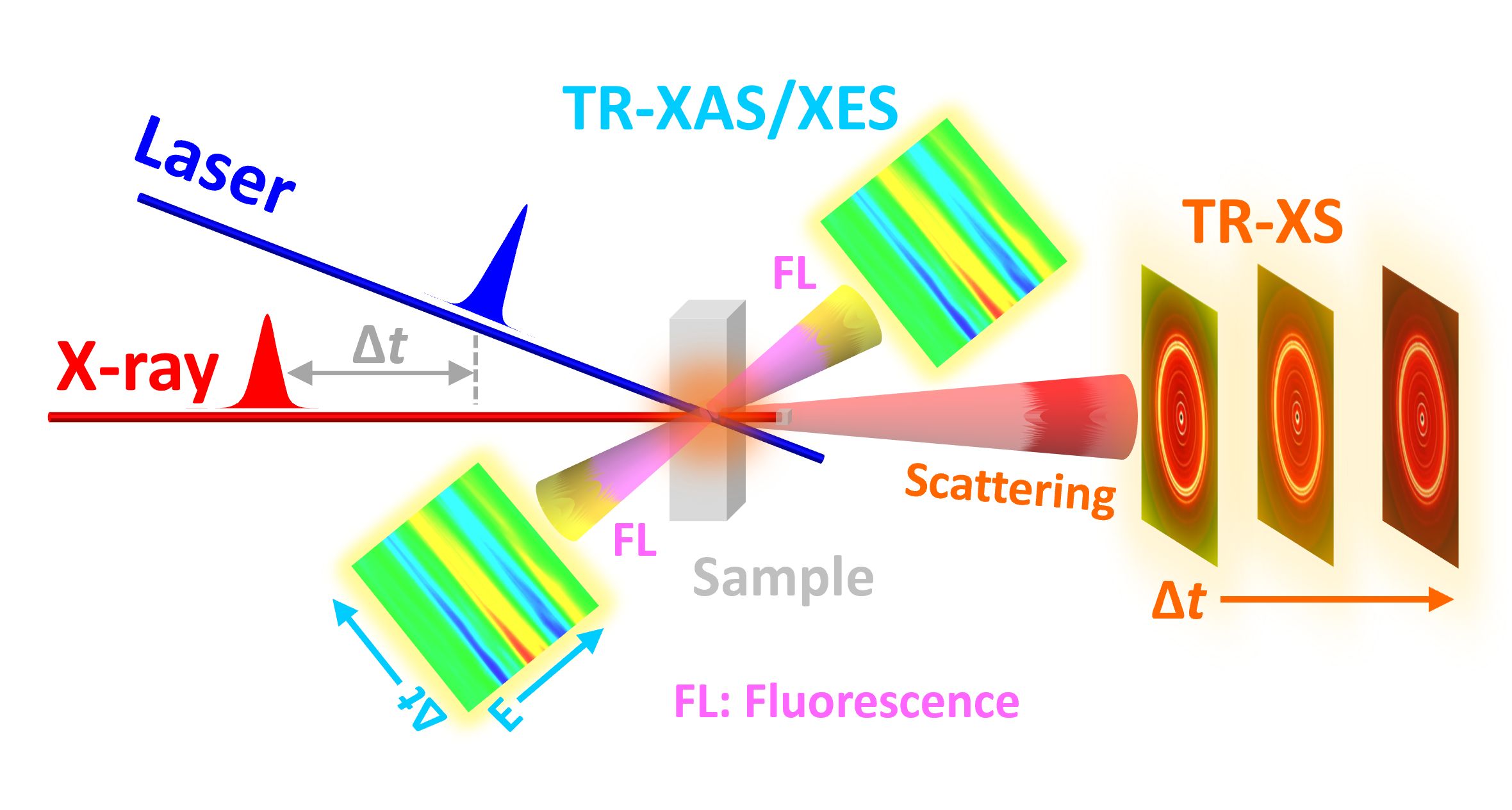| The TRR group has operational responsibility for undulator end stations 7-ID-B, 7-ID-C, 7-ID-D, and 25-ID-E. Time-resolved pump-probe techniques using, most often, high-power lasers as the pump, are performed in these stations. 7-ID-B is pink-beam capable and hosts experiments that probe ultrafast fluid dynamics in high-pressure, high velocity sprays. In addition to the x-ray beamlines, our group maintains and enhances high-power ultrafast laser systems at 7-ID and 25-ID and around the ring. | ||||||||||||||||||||||||||||||||||||
| BEAMLINES | ||||||||||||||||||||||||||||||||||||
| 7-ID-B | ||||||||||||||||||||||||||||||||||||
7-ID-B is a pink-beam-capable station primarily used for time-resolved pair distribution function measurements with a particular focus on thin films, nanocrystals, solid polycrystalline samples, and amorphous samples, as well as ultra-fast imaging of high density and high-speed sprays. | ||||||||||||||||||||||||||||||||||||
| 7-ID-C | ||||||||||||||||||||||||||||||||||||
7-ID-C has dedicated multicircle diffraction set-ups that provide Å resolution (reciprocal space) ultrafast time-resolved measurements of pumped materials. Pumps include an ultrafast high-power laser beam with 1 kHz rep-rate and an available high-rep-rate (54 kHz - 6.5 MHz) high-power laser. Typical x-ray-beam sizes are 10-50 μm for samples mounted on a large, newly refurbished 6-circle Huber diffractometer. A variety of sample environments, including a cryostat for low temperatures, are available. Work in this station is relevant to a fundamental understanding of excitations and phase diagrams of emerging complex materials. | ||||||||||||||||||||||||||||||||||||
| 7-ID-D | ||||||||||||||||||||||||||||||||||||
The newly refurbished 7-ID-D will provide nanodiffraction capabilities and multimodal imaging of materials that are physically interesting and technologically relevant. The station will feature x-ray optics that focus to ~100 nm and independently controlled near-field and far-field detectors. | ||||||||||||||||||||||||||||||||||||
| 25-ID-E | ||||||||||||||||||||||||||||||||||||
25-ID-E offers a variety of pump-probe, time-resolved (TR) tools including x-ray absorption spectroscopy (XAS), x-ray emission spectroscopy (XES), and x-ray scattering (XS) to study electronic and structural dynamics underlying energy conversion and storage. The diverse scientific applications span fields such as solar energy conversion, catalysis, geochemistry, fuel cells, and hydrogen storage materials. The 25-ID beamline is shared with the XSD Spectroscopy group. | ||||||||||||||||||||||||||||||||||||
| Laser Systems | ||||||||||||||||||||||||||||||||||||
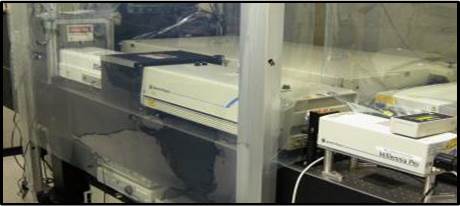
|

